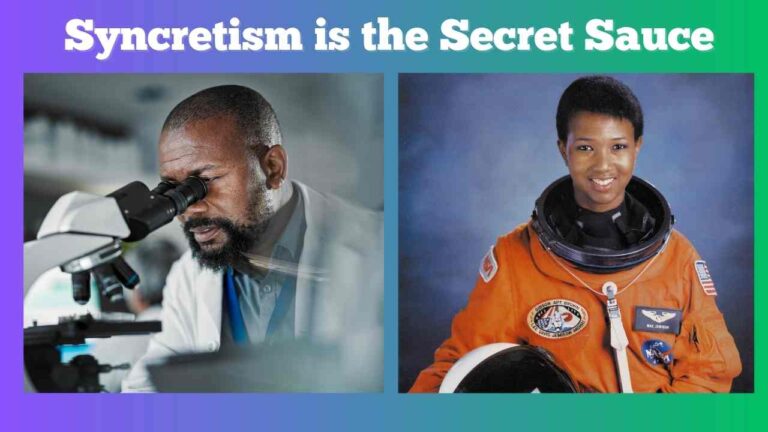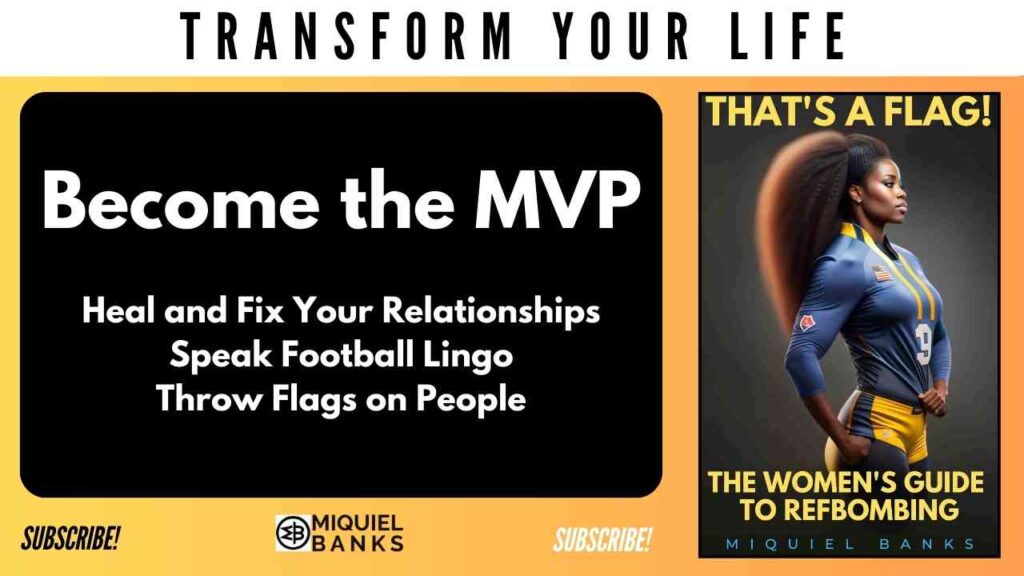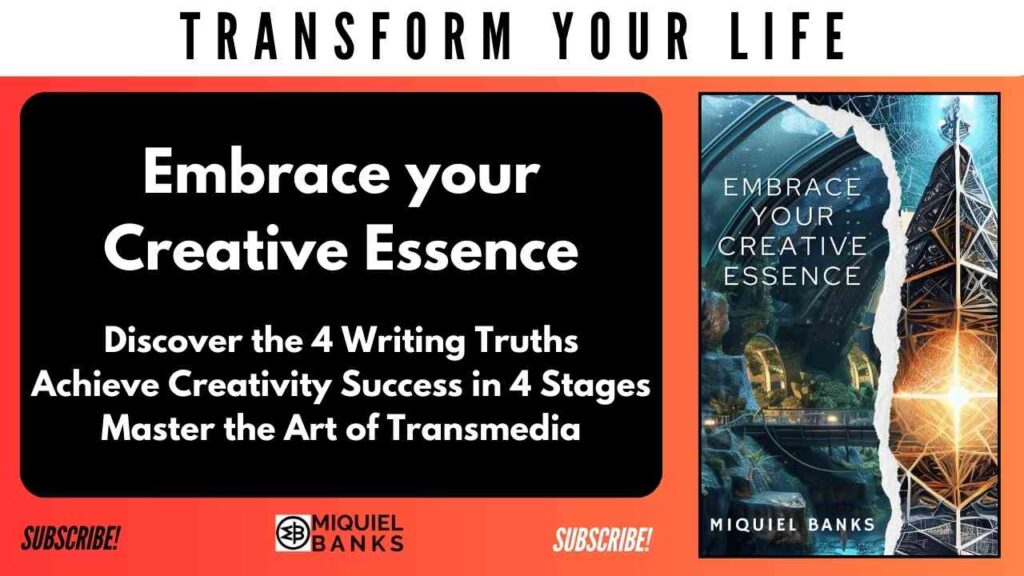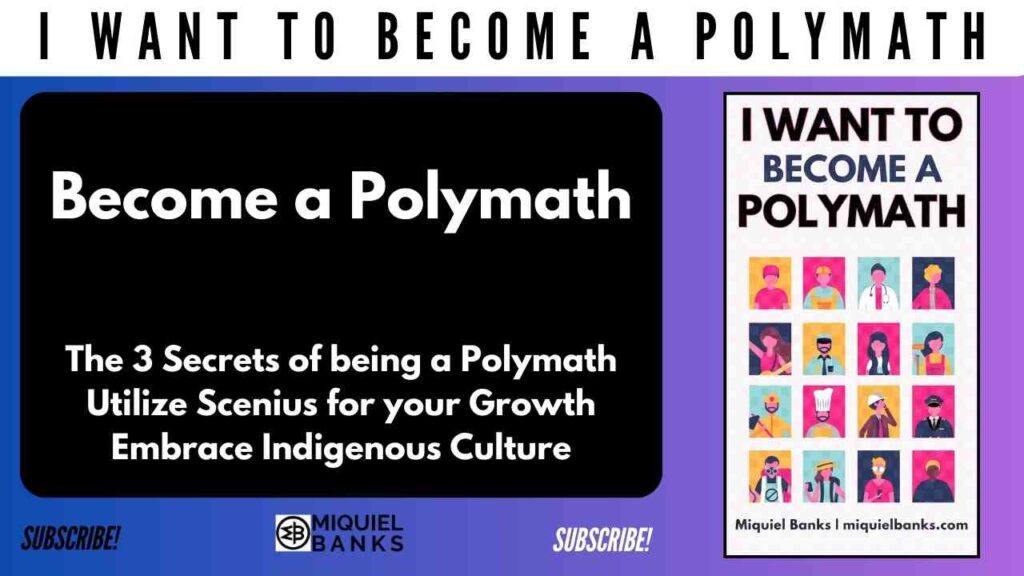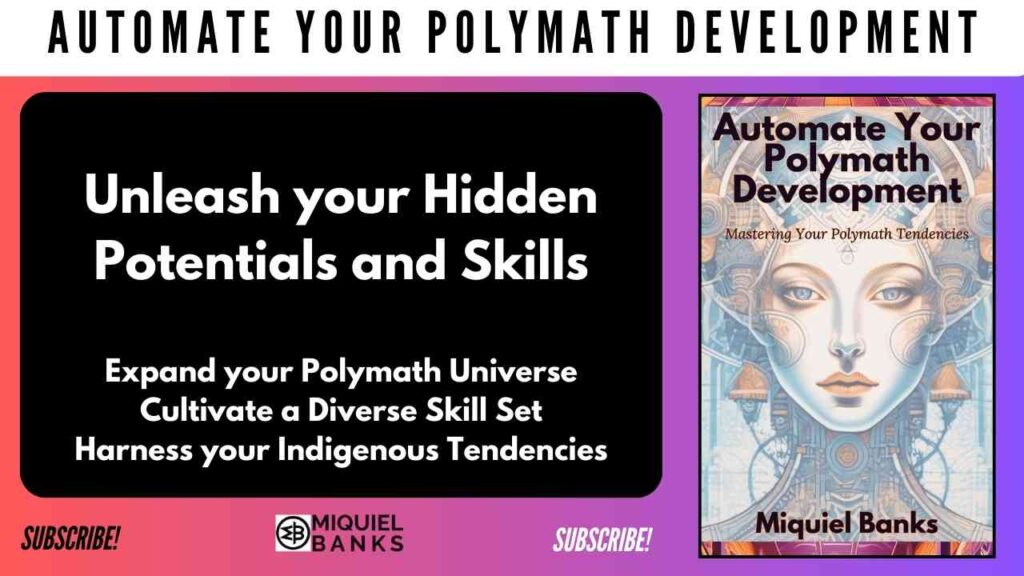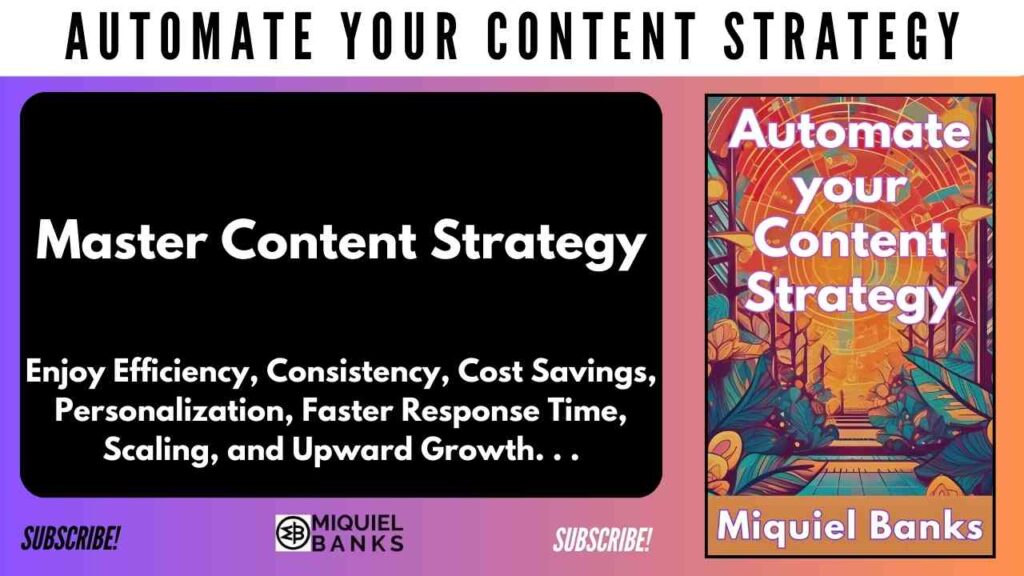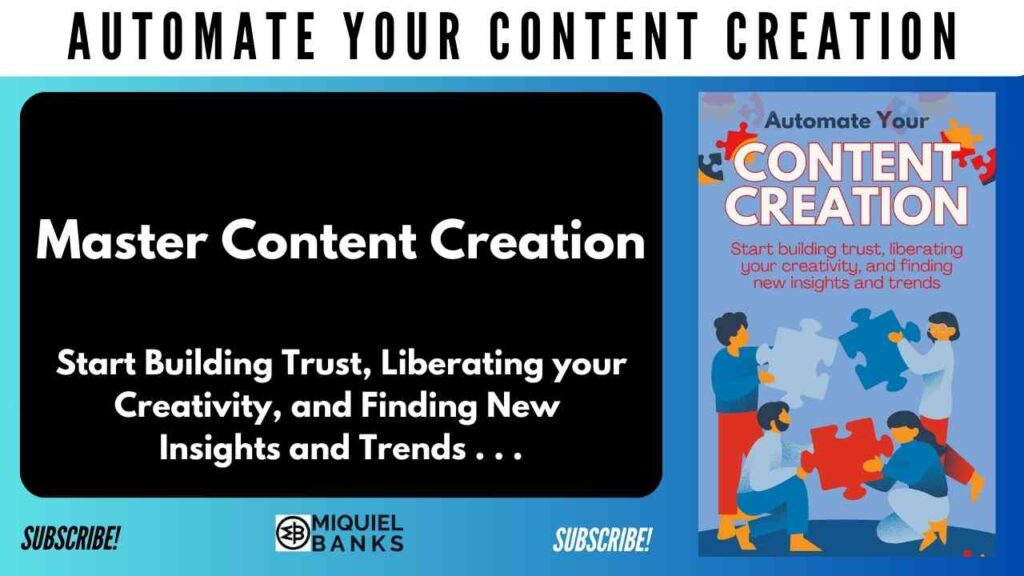Introduction
In today’s fast-paced and ever-evolving world, drawing upon a myriad of disciplines and perspectives is not just advantageous—it’s essential.
Syncretism, the blending of diverse ideas and cultures, is the secret ingredient to cultivating a polymath mindset for entrepreneurs and creators.
Imagine synergizing insights from cosmology, culture, art, science, and technology to craft innovative solutions and compelling narratives?
What if you could seamlessly integrate these diverse influences to enhance your creativity, problem-solving, and storytelling abilities?
In this Blog, we will uncover why syncretism is the cornerstone of polymath development and how it empowers you to achieve success.
Understanding Syncretism
Defining Syncretism in Polymathy
Syncretism is the fusion of ideas, concepts, insights, and techniques into a cohesive whole.
When applied to polymathy, syncretism is a powerful tool for integrating knowledge across various fields.
This melding process allows you to draw from a wide array of disciplines—whether it be cosmology, culture, art, science, cultural expression, or technology—and create innovative solutions that a single-discipline approach might miss.
By embracing syncretism, polymaths develop a mindset that fosters creativity and problem-solving.
This integrated approach breaks down traditional barriers between disciplines, leading to more holistic and comprehensive outcomes.
In essence, syncretism in polymathy encourages an openness to diverse perspectives that is crucial to succeed in today’s complex, interdisciplinary world.
Historical Examples of Syncretism
Throughout history, syncretism has played a pivotal role in shaping human civilization and progress.
For example, Benjamin Banneker (1731-1806) was a self-educated mathematician, astronomer, surveyor, and farmer.
He built America’s first clock at age 24, wrote almanacs, surveyed the City of Washington DC, and accurately forecasted lunar and solar eclipses.
Next, we have George Washington Carver (1864-1963) who was an agricultural scientist, botanist, chemist, inventor, and educator.
He developed hundreds of products using peanuts, sweet potatoes, and was also an accomplished painter and musician.
Finally, we have Katherine Johnson (1918-2000) who was a mathematician, physicist, teacher, and space scientist.
She also advocated for STEM education and calculated flight trajectories for NASA missions.
These historical examples demonstrate Syncretism and Polymathic Thinking fosters innovation and drives human progress.
Understanding this can inspire you to embrace syncretism for your success.
Syncretism in Modern Context
In today’s interconnected world, syncretism is more relevant than ever.
The digital age enables unprecedented access to diverse cultures, ideas, and disciplines, making it easier to blend insights from various fields.
Consider the tech industry, where innovations often arise from the intersection of technology, design, and user experience.
Think about the smartphone, a device that integrates elements of communication, computing, photography, and entertainment into a single, cohesive product.
In the realm of content creation, filmmakers and writers are increasingly drawing from global narratives, combining storytelling techniques from different cultures to craft more compelling and relatable stories.
Additionally, businesses are leveraging syncretism to develop unique value propositions that appeal to a broader audience.
By embracing this modern form of syncretism, you will stay ahead of the curve, fostering innovation and adaptability.
Benefits of a Polymath Mindset
Enhanced Problem-Solving Abilities
A polymath mindset significantly enhances problem-solving abilities by allowing individuals to approach challenges from multiple perspectives.
Unlike specialists who might rely on a single framework or methodology, polymaths draw from a diverse toolkit of knowledge and experiences.
This multifaceted approach enables them to identify novel solutions that others might overlook.
For instance, an entrepreneur with a background in both engineering and psychology can design products that are not only technically sound but also user-friendly and emotionally engaging.
By integrating insights from various domains, polymaths are better equipped to tackle complex problems that require interdisciplinary thinking.
This ability to synthesize and apply diverse knowledge makes polymaths invaluable in today’s dynamic and often unpredictable business environment.
Thus, cultivating a polymath mindset can transform how you navigate challenges, turning obstacles into opportunities for innovation and growth.
Creativity and Innovation Boost
A polymath mindset inherently boosts creativity and innovation by fostering an environment where diverse ideas can intersect.
This cross-pollination of concepts from different fields often leads to groundbreaking innovations.
When you combine artistic creativity with scientific rigor, for example, the possibilities for novel solutions increase exponentially.
Entrepreneurs who embrace this mindset can develop products that not only meet technical demands but also resonate emotionally with users.
In the world of content creation, polymaths might weave together storytelling techniques from various cultures to create unique narratives that captivate diverse audiences.
By breaking free from conventional thinking and exploring the fringes of different disciplines, polymaths can uncover unexpected connections that spark creativity.
This ability to innovate isn’t just beneficial—it’s essential in industries where staying ahead of the curve is crucial for success.
Thus, embracing a polymath mindset can be a powerful driver of creativity and innovation in any field.
Broadening Perspectives and Horizons
Adopting a polymath mindset broadens perspectives and horizons, opening up a world of possibilities and viewpoints.
By engaging with multiple disciplines, you gain a more comprehensive understanding of the world around you.
This expanded outlook enables you to see connections and opportunities that others might miss.
For instance, understanding both economics and environmental science can lead to more sustainable business practices.
Similarly, a background in both technology and sociology can help create more inclusive digital platforms.
This breadth of knowledge also fosters empathy, as you become more attuned to different ways of thinking and experiencing the world.
Consequently, a polymath mindset not only enhances your professional capabilities but also enriches your personal life, making you a more well-rounded individual.
Embracing this approach allows you to navigate the complexities of modern life with greater wisdom and insight, ultimately leading to more informed and impactful decisions.
Crafting a Polymath Mindset
Embracing Diverse Knowledge Sources
To develop a polymath mindset, it’s essential to embrace diverse knowledge sources.
This means actively seeking information beyond your usual domain and being open to learning from unconventional places.
Whether it’s reading books outside your field, attending workshops on varied subjects, or engaging in conversations with people from different backgrounds, each experience contributes to your knowledge mosaic.
For instance, an engineer might benefit from learning about design to better understand user interfaces, while a writer could gain fresh perspectives by studying psychology.
The goal is to create a rich tapestry of insights that can inspire innovative thinking.
By continuously expanding your knowledge base, you not only enhance your intellectual agility but also increase your ability to connect disparate ideas, leading to more creative solutions.
Embracing diverse knowledge sources is not just about accumulating facts—it’s about cultivating a mindset that values curiosity and lifelong learning.
Balancing Depth and Breadth
One of the key challenges in developing a polymath mindset is finding the right balance between depth and breadth.
While it’s important to have a broad range of knowledge, it’s equally crucial to dive deep into select areas of interest.
This balance allows you to develop expertise in specific fields while maintaining the flexibility to draw connections across disciplines.
Think of it as having a T-shaped skill set: the horizontal bar represents your broad knowledge base, while the vertical bar signifies your deep expertise in particular areas.
This combination makes you versatile and adaptable, capable of tackling complex problems with a well-rounded approach.
For example, a business leader might benefit from deep financial acumen while also understanding psychology, technology, and cultural trends.
By balancing depth and breadth, you can harness the strengths of both specialization and generalization, making you more effective and innovative in your pursuits.
Developing Mental Flexibility
Developing mental flexibility is an essential component of crafting a polymath mindset.
Mental flexibility refers to the ability to adapt your thinking in response to new information, changing circumstances, or unexpected challenges.
It involves being open to revising your beliefs and strategies as needed.
Cultivating this trait allows you to navigate uncertainty with greater ease and resilience.
Techniques such as practicing mindfulness, engaging in creative hobbies, and solving puzzles can enhance mental agility.
Additionally, exposing yourself to diverse perspectives and experiences helps train your mind to think beyond conventional boundaries.
This adaptability is crucial in a world where rapid changes are the norm.
For example, a marketer might need to pivot strategies quickly in response to market trends.
By developing mental flexibility, you equip yourself to synthesize information from various sources and adapt to evolving situations, ultimately leading to more innovative solutions and effective decision-making.
Applying Syncretism in Entrepreneurship
Cross-Industry Insights and Collaborations
Leveraging cross-industry insights and collaborations is a powerful way to apply syncretism in entrepreneurship.
By drawing on knowledge and practices from various sectors, entrepreneurs can uncover innovative solutions and identify new opportunities.
For instance, the principles of lean manufacturing from the automotive industry can be adapted to streamline processes in healthcare or software development.
Similarly, insights from the entertainment industry can enhance customer engagement strategies in retail.
Collaborating with professionals from different fields can also spark creativity and lead to groundbreaking ideas.
Networking events, interdisciplinary workshops, and industry conferences are excellent venues for fostering such collaborations.
By actively seeking out and integrating diverse perspectives, entrepreneurs can stay ahead of the curve and drive their ventures toward success.
Embracing cross-industry insights not only broadens your knowledge base but also equips you with a versatile toolkit for tackling complex business challenges.
Integrating Varied Skill Sets
Integrating varied skill sets is crucial for entrepreneurs who aim to harness the power of syncretism.
By blending skills from different domains, you can create innovative products and services that meet the complex needs of today’s market.
For instance, combining technical proficiency with creative design skills can lead to the development of user-friendly digital platforms that stand out in a competitive landscape.
Likewise, merging financial expertise with marketing acumen can enhance strategic planning and execution, ensuring more effective business outcomes.
Encouraging team members to develop cross-functional skills can also foster a more adaptable and resilient organization.
This integration not only enriches your entrepreneurial toolkit but also broadens your perspective, allowing for more comprehensive problem-solving.
By cultivating a workforce with diverse skill sets, you can drive innovation, improve collaboration, and ultimately achieve greater success in your entrepreneurial endeavors.
Overcoming Challenges with Syncretic Solutions
Incorporating syncretic solutions in entrepreneurship can provide a unique edge when facing challenges.
By synthesizing ideas from multiple disciplines, entrepreneurs can devise creative strategies that traditional approaches might miss.
For instance, a challenge in product development could be addressed by combining insights from user experience design, engineering, and behavioral psychology to create a solution that is technically sound and user-friendly.
Syncretism encourages out-of-the-box thinking, enabling you to pivot swiftly and effectively in dynamic environments.
When traditional methods fall short, integrating varied perspectives can lead to breakthrough innovations that redefine market standards.
This approach not only enhances problem-solving capabilities but also makes your business more resilient to market shifts.
By fostering a culture that values diverse inputs and encourages cross-disciplinary collaboration, you enable your organization to tackle complex challenges with agility and foresight, paving the way for sustained success and growth.
Nurturing Syncretism for Content Creators
Storytelling Through Diverse Lenses
Storytelling through diverse lenses is an invaluable approach for content creators seeking to enrich their narratives.
By incorporating elements from different cultures, genres, and disciplines, creators can craft stories that resonate with a wide audience.
This approach not only enhances the depth and appeal of the story but also fosters inclusivity and connection.
For example, a filmmaker might blend traditional folklore with modern themes to create a compelling narrative that bridges the past and present.
Similarly, writers can draw on personal experiences, historical events, and fictional elements to weave stories that are both unique and universally relatable.
By viewing storytelling as an amalgamation of varied influences, creators can explore new perspectives and challenge conventional norms.
This diversity in storytelling not only captivates audiences but also encourages them to see the world through different eyes, fostering empathy and understanding across cultural and societal boundaries.
Audience Engagement Through Unique Narratives
Captivating an audience often hinges on the ability to present unique narratives that stand out from the mainstream.
By adopting a syncretic approach, content creators can weave together diverse themes, styles, and perspectives to craft stories that are both original and engaging.
This method not only captures the audience’s attention but also sustains their interest through novel storytelling techniques.
For instance, integrating cultural symbols, historical contexts, or futuristic concepts can add layers of intrigue and depth to a narrative.
Moreover, by presenting familiar stories with an unconventional twist, creators can provoke thought and stimulate discussion, fostering a deeper connection with the audience.
This engagement is further amplified when narratives challenge assumptions or offer fresh insights into common experiences.
By leveraging unique narratives, you will build an audience eager for new perspectives, ensuring your stories inspire and resonate on a personal level.
Conclusion
Building a rich content ecosystem involves creating a diverse and interconnected network of content that draws from various influences and mediums.
This approach enhances your content and encourages audience interaction and engagement.
By incorporating elements from different genres, formats, and platforms, you will reach a wider audience and cater to varied tastes and preferences.
For instance, pairing a blog series with podcasts, videos, and interactive social media content provides multiple entry points for audience engagement.
This diversity in content delivery ensures your message resonates with your tribe.
Moreover, a well-rounded content ecosystem allows for dynamic storytelling that evolves over time, keeping your audience intrigued and invested.
By fostering such an ecosystem, you create a sustainable framework for continuous growth and innovation.

